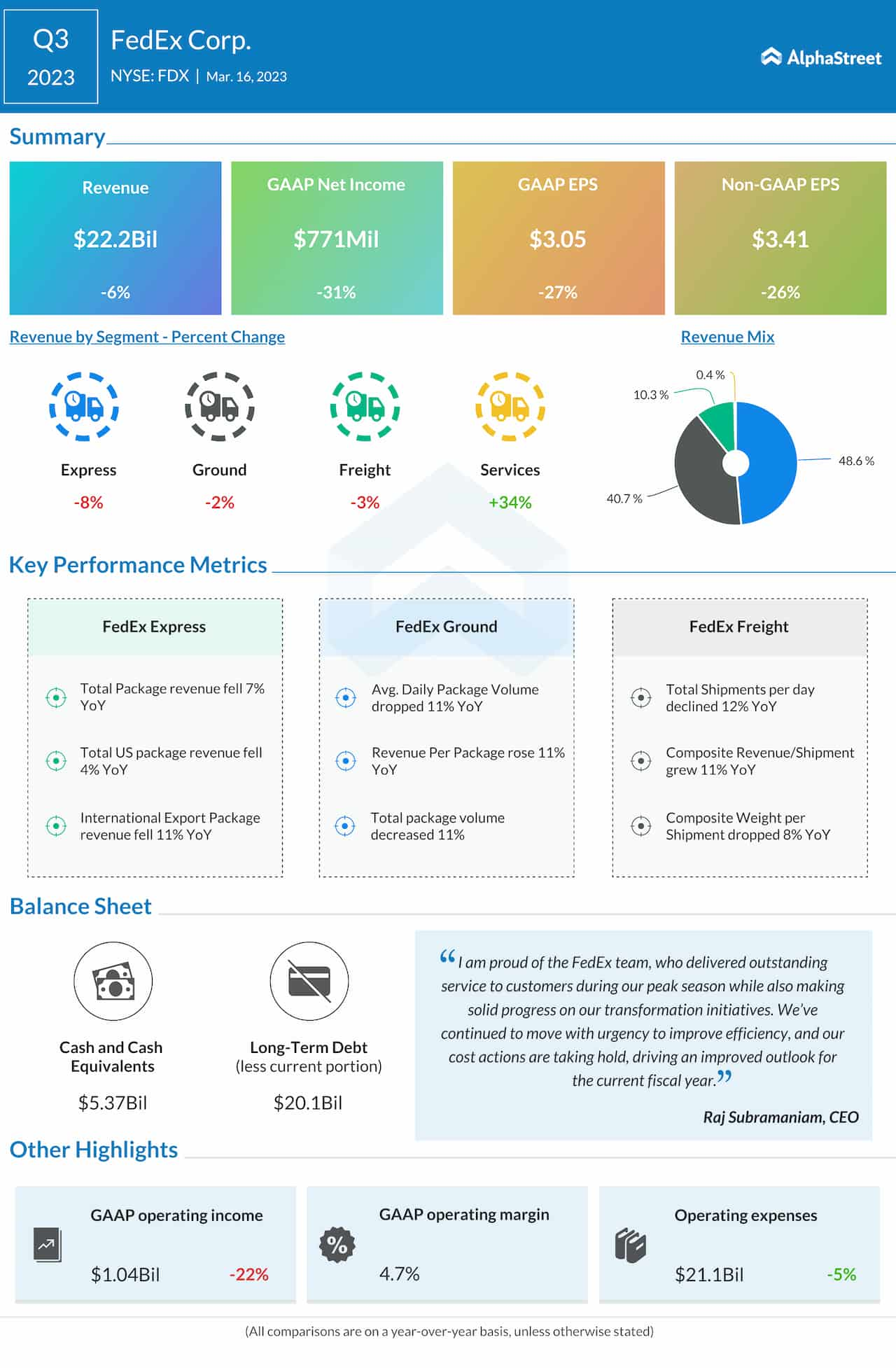Gali Weinreb Big data technologies are changing the way clinical trials are conducted and transforming the way data about diseases is gathered. Until now these possibilities have only been theoretical, but now a new vision is starting to be realized. At the forefront is a large scale collaboration between Harvard University and Israel’s Clalit Health Services which started 18 months ago and was officially launched at the beginning of this year.
The Berkowitz Living Laboratory collaboration is the project of Prof. Ran Balicer, Head of Clalit’s Innovation Division, and Prof. Isaac Kohane, Head of the Medical Bioinformatics department at the Blavatnik Institute at Harvard Medical School, one of the leading institutions in the field.
The project was made possible by support of philanthropists Ivan and Francesca Berkowitz. It includes joint research based on Clalit’s database, a joint training program for leading scientists in the fields of analytics, genetics, and public health, and a dedicated clinic for the treatment of patients suffering from complex and undiagnosed diseases, with an emphasis on diseases thought to have a genetic basis. A sort of real-life “Dr. House,” in other words.
Research without clinical trial
“During the Covid-19 pandemic, we managed to demonstrate that we can “imitate” clinical research using historical data from the Clalit Health Services’ database in a way that allowed us to obtain new medical insights very quickly,” says Balicer.
Kohane explains how this is done: a database is built with two groups of patients whose only difference is the medical intervention one wants to test. For example, if we compared those vaccinated against Covid-19 with those not vaccinated, the database should be constructed so that average differences between the groups, such as age, background diseases, or economic status, are ‘neutralized’. “We do a lot of computerized statistical work, using, among other things, artificial intelligence, which is designed to balance the groups so that there is no variable that could explain the difference except for the intervention – in this example, the vaccine,” he says.
“Controlled clinical trials are still the core of medical science, but they have always had limitations, such as bias in the subjects’ selection. For example, it is difficult to get permission to experiment on children or pregnant women, and complex patients are often not selected for trials since they complicate the analysis, even though they are the main consumers of many products. Moreover, there are certain illnesses for which it is difficult to recruit enough participants. Thus, many researchers have tried to develop alternative methods over the years, but only during Covid-19 were they really employed and this information came through.”
Understanding who responds well to treatment
The main disadvantage of this additional tool – apart from the fact it is not always possible to ‘neutralize’ all variables – is that when it comes to a new treatment or a new medical condition, there isn’t always sufficient data. In the case of the third Covid vaccine booster, many were vaccinated even before a clinical trial was conducted, so it was possible to test its effectiveness. The same goes for the effects of the virus itself. But in the case of a new drug, at most this method will spare the control group.
The fields where these tools are most suitable are public health and preventive medicine. Clinical trials in preventive medicine are almost impossible these days because it takes many years and huge study groups to demonstrate the differences between them. Analyzing information collected over many years may identify when there were effects of interventions such as early diagnosis of diseases, interventions that have to do with child development, effects of using aids such as glasses or hearing aids, smoking cessation, and so forth.
“We have already started to apply this methodology in projects related to longevity,” says Balicer. “We are trying to understand why certain people live longer, what characterizes people who live for years despite background diseases they suffer from.”
“Another project we are working on is identifying the differences between patients who have a really good response to a certain drug and patients who do not respond well. The analysis goes from the individual to the general and back again to the individual. If we identify a different element in a patient who has a particularly good or bad response to the drug, we look for the same characteristic in more patients who responded well to the drug compared to those who did not, and if we detect the same difference in other patients, we try to intervene and examine its effectiveness.”
Kohane adds: “A project I want to implement in the near future is related to cancer patients who survive for many years. For example, they might tell me ‘It’s thanks to a dietary change I made’. Let’s check and see if it’s true!”
That is, your system will also be able to show the benefit of certain alternative treatments and make them part of the scientific consensus?
“Yes, although there are barriers. For example, patients do not always tell their doctors about the alternative medicine interventions they have undergone. They fear a disparaging response from the doctor.”
Balicer: “Today, information regarding alternative medicine treatments is lacking. It is practically impossible to separate the effects of treatment, placebo, and mere attention.”
Can your system produce information that does not exist today regarding the benefits of different strains or different compositions of medical cannabis?
Kohane: “I’m very concerned about the cannabis issue. There may be patients who benefit from using it, but there are also patients who are actually harmed by it.
Therefore it is very important that detailed data be accumulated to examine this issue. It’s not profitable for companies to conduct such clinical trials at the moment, because consumers do not perceive the results as providing sufficient differentiation in the market. That’s why a system like ours is practically the only tool that allows one to do it.”
Another area of research the new lab plans is behavioral interventions. Today, Healthcare Services are allowed to offer incentives or reminders for medical behaviors considered positive. After carrying out such an action, the results can be investigated against an “artificial” control group, constructed by the computer.
The network that diagnoses unknown diseases
Along with utilizing large databases to generate medical insights, the new Living Laboratory focuses on rare diseases that lack data. “Sometimes there are only 20 people in the world who suffer from a certain disease, and there is no control group,” says Kohane. “The goal is to collect as much data as possible on each patient, in order to understand the disease in depth. Today, the US Food and Drug Administration (FDA) even uses patients’ diaries. We analyze data accumulated by Clalit over decades.”
The Institute’s activity goes along with that of the Undiagnosed Disease Network (UDN), of which Kohane is also a leading member. The Network comprises a group of 12 medical centers, to which people suffering from undiagnosed diseases are invited. “These patients suffer not only from their disease, but from the tiresome and expensive back and forth between doctors and pointless tests as well,” says Kohane.
The network was born as a project of the US National Institutes of Health (NIH), which began to research undiagnosed diseases in a targeted manner, and succeeded in arriving at a valuable diagnosis in 40% of the cases, thanks primarily to genetic tests.
“Then they started getting calls from members of Congress, ‘Why aren’t you treating people in my constituency?’ But there was no budget to treat them all. There was a rare bipartisan agreement to fund the network in the US. It was founded in 2014 with a budget of several hundred million dollars for the first five years. Now its budget is slightly lower, because the costs of genetic sequencing have dropped significantly.
“But performing genetic sequencing is only the beginning. About 30% of the patients who arrive at the Undiagnosed Disease Network in the US have already had genetic sequencing done. Out of those, in about 10% of the cases we are quickly able to notice that important information was lost, thanks to new bioinformatics constantly in development”.
The network “matches” patients with known rare diseases, but it has also identified dozens of new genetic diseases that were unknown to science.
The next challenge: Rare non-genetic diseases
“All of us, sick and healthy, have genetic mutations, says Kohane. So how does one know which ones are significant for diseases? “It’s more of a puzzle than a single genetic point that lights up and says ‘It’s me! I’m the cause of the disease!’ Real insights are only possible through the use of AI on large databases, combined with a network of experienced experts. I don’t see any future where we won’t need expert doctors. They see the patient over years, store his or her entire story in their head, and constantly think about it. They have information that doesn’t really exist anywhere else but in their mind.”
“Today, the network’s diagnosis rate is 35%, and this will continue to decrease as more genetic diseases become more familiar to doctors outside the network, and genetic diagnosis will be cheaper and simpler,” says Kohane. “In other words, there will be fewer genetic diseases that are difficult to diagnose, which is excellent.”
There will still be undiagnosed diseases of non-genetic origin, and that will be the next challenge. “Today we are aiming at diagnosing genetic diseases. But along the way we also discovered undiagnosed infectious diseases,” says Kohane. They hope that, in the future, studies that examined the association between illness and the environment will allow the diagnosing of serious diseases whose origin is environmental. In the meantime, genetics is the more accessible field.
If you found that a patient had a rare genetic disease, how can it be treated today?
Kohane: “First, the very fact that you have an answer is already a big relief. It puts an end to the endless examinations, the self-blame, the people who claim that it’s all in your head, and the useless attempts of many treatments. “
Several diseases already have treatments today. We had an example in the Network of a child who stopped walking at the age of 5-6 and began to accrue motor impairments. When they found his genetic deficiency, they could concoct a personalized cocktail of neurotransmitters that within a few months brought him back to walking and talking.
“Several companies are working on genetic editing solutions, and also on gene therapy using RNA. This field, powered by large datasets, is very promising.”
Published by Globes, Israel business news – en.globes.co.il – on March 22, 2023.
© Copyright of Globes Publisher Itonut (1983) Ltd., 2023.













